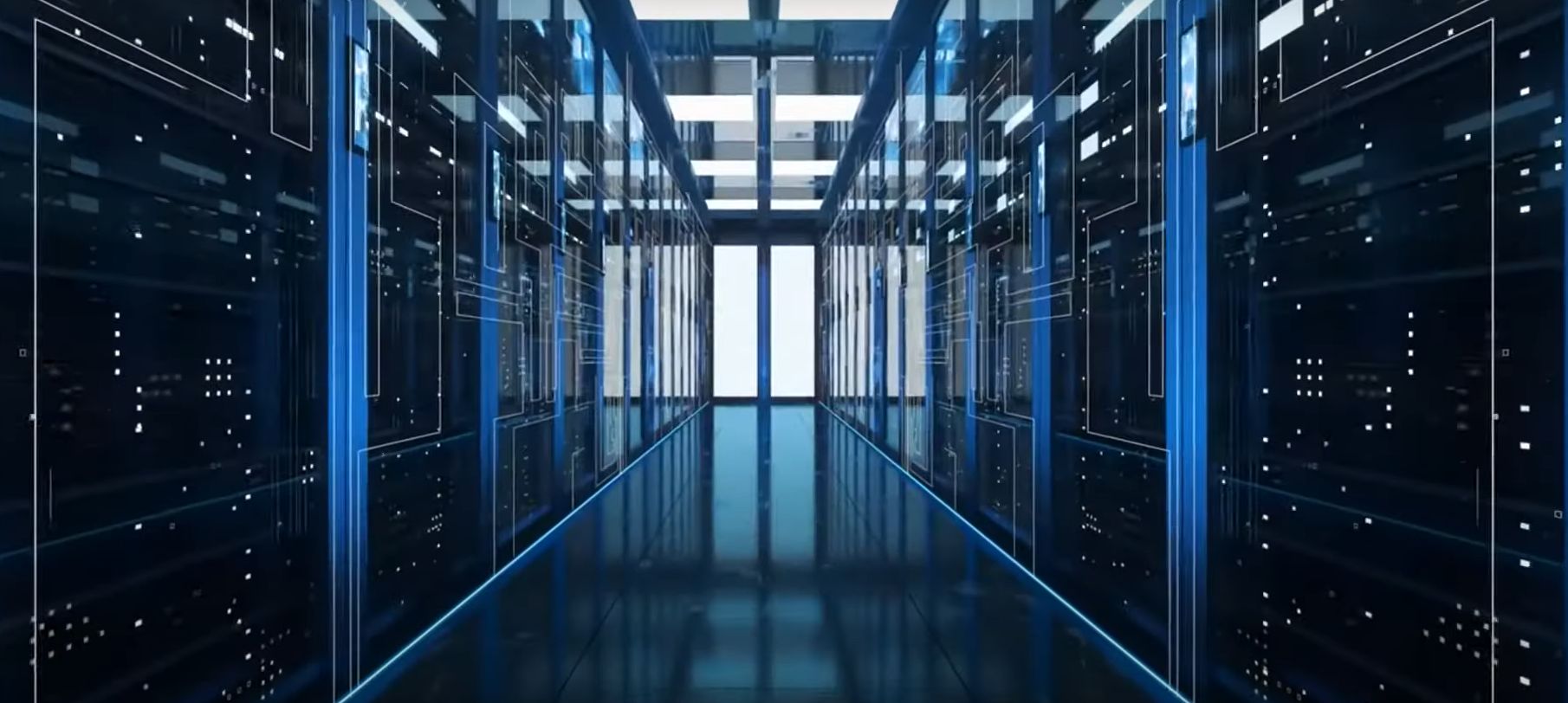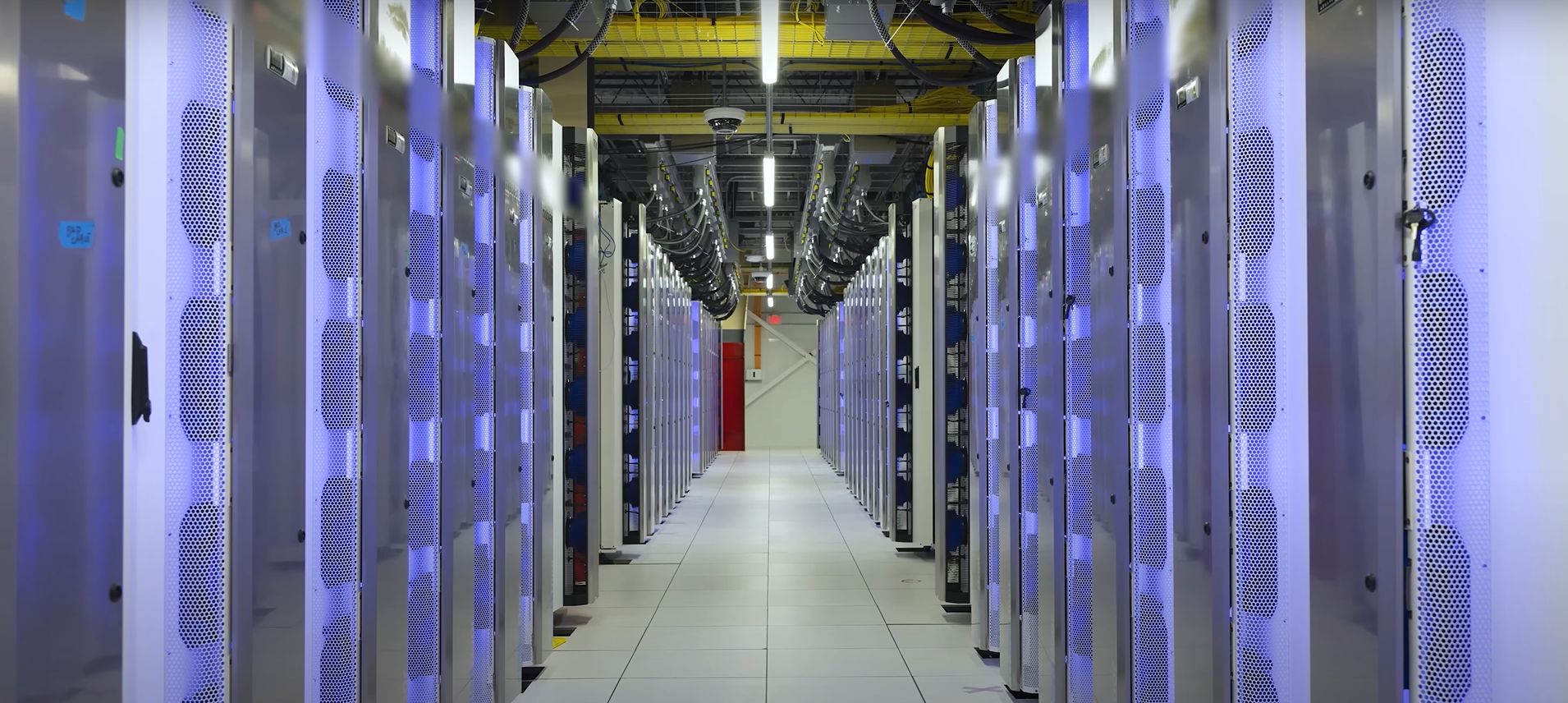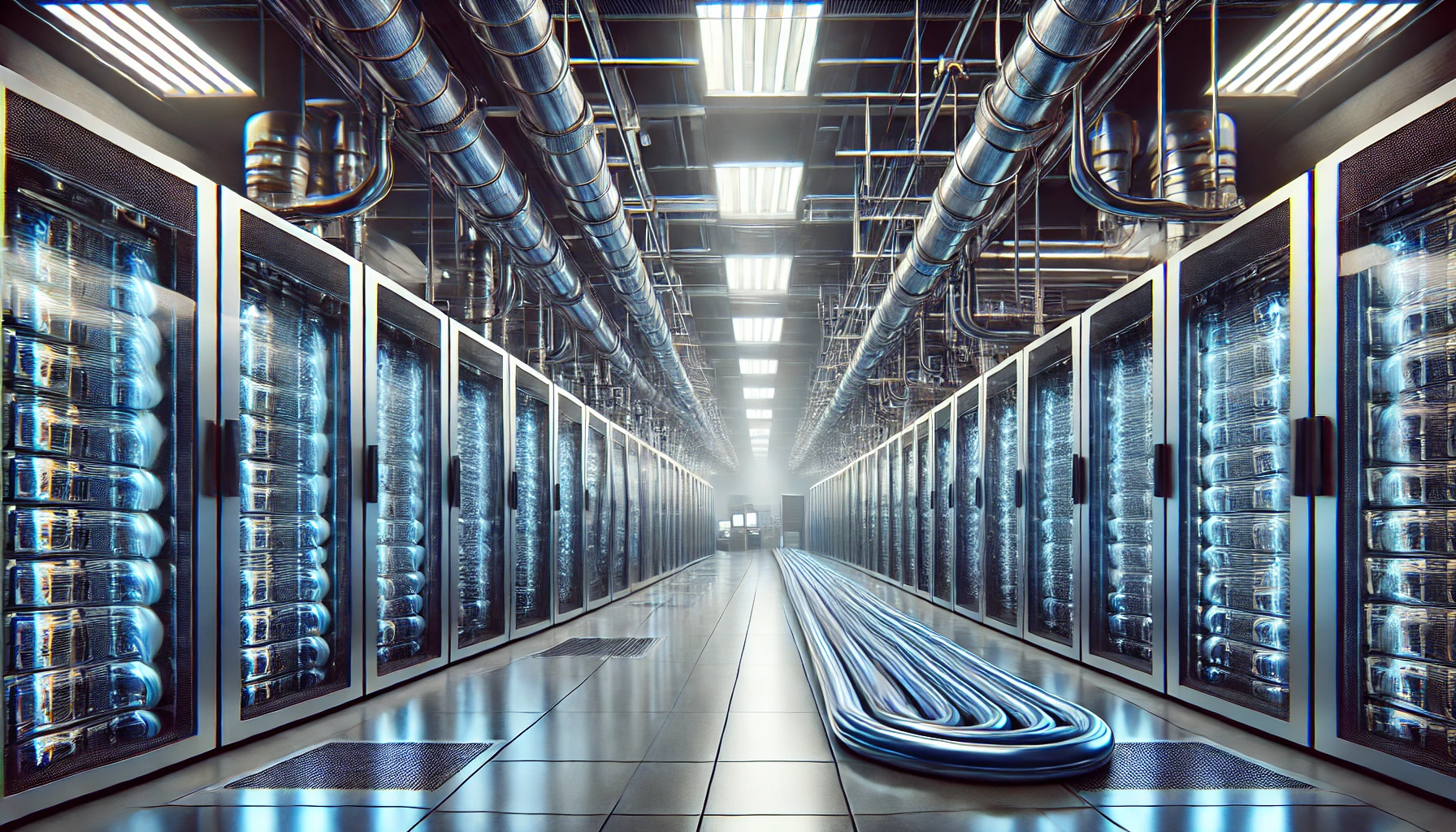
What are Data Center Tier Classifications?
It’s been approximately a quarter of a century since the day when Uptime I...

We live in a world, where everything is interconnected. All sorts of hardware can communicate, while humans can manage, monitor, and set devices remotely. The Internet of Things is a network of devices that are connected to the Internet, controlled through it, and can exchange data with each other. Such a network unites all types of electronics. Here, communication is possible between gadgets (fitness bracelets) and home devices (webcams, voice assistants, refrigerators, coffee makers, and washing machines), as well as industrial robots and sensors.
The concept of the Internet of Things is implemented at all stages of human activity, both household and industrial. Data centers are also part of this system. Data centers are a place where hundreds of electronic devices are gathered, and their remote control and management can significantly simplify the workflow. Thus, concepts of IoT in data center have found wide application.
The main task set before DCs is to achieve the highest efficiency in performance by attracting all the possible capacities while eliminating the number of system components. Thus, the most essential advantages of IoT for DCs include.
Data centers are responsible for keeping, processing, and storing large volumes of datum. The use of innovative technologies allows for improving data collection capabilities.
For example, modern server rack enclosure cooling systems for data centers, such as direct fresh air cooling, have revolutionized heat dissipation and energy efficiency. By leveraging the ambient air temperature and utilizing advanced monitoring and control systems, these cooling technologies reduce energy consumption while maintaining optimal temperatures.
Automation allows for pumping up system performance and achieving maximum efficiency. Thus, the tendency is widely observed in DCs. By adding various kinds of monitoring tools for system control, it becomes possible to eliminate hazards, while increasing system functioning.
The installation of sensors and controllers allows for making data centers more autonomous. By entrusting malware elimination and app management to smart controllers, businesses can decrease the number of hired specialists required for DC maintenance. The share of costly human labor is decreased, which leads to cost-effective performance and optimization. Thus, the industry can reduce expenses and guarantee highly effective system performance and monitoring.
The industry of system administration consumes 3% of the entire energy on the planet annually. The indicator reaches hundreds of terawatt-hours per year. With the growth of computing demands, this number will go in increase. Thus, the issue of DC sustainability is topical nowadays. This transformation is possible due to the consideration of two key points, namely, the production and consumption of power.
After all, the last trend in DC sustainability includes careful equipment maintenance to reduce the amount of electronic waste.
Note that the DC industry faces multiple challenges in an attempt to integrate IoT solutions. The following Internet of Things data center challenges are observed:

Finally, proper space allocation will lead to better ergonomics of available premises. After all, IT systems comprise thousands of components, meaning that lots of floor space is required to set up and accommodate network systems.
To cope with this task, server racks and cabinets are used. They provide multi-layer storage for IT equipment. Durable metal constructions guarantee hardware fastening and safe housing. Enclosures are equipped with all the needed holes and fasteners for hardware placement. Proper allocation allows customers to keep the system in order and ensure easy access to all units.
When arranging the data center, proper placement of server racks plays a crucial role. Correct allocation of cabinets helps achieve proper cooling, easy access, and smooth functioning. For example, hot and cold aisle maps help improve natural cooling. The following conditions require particular attention when designing the perfect DC layout:
The modern market offers a wide range of models for server rooms to please customers’ demands. So, it is possible to pick cabinets or racks for any need.
Data centers are our future. However, their effectiveness depends on us greatly. The implementation of IoT technologies helps improve DC performance while reducing expenses and natural resource consumption. So, this concept is a working tool for both medium-scale businesses and large enterprises.

It’s been approximately a quarter of a century since the day when Uptime I...

A crucial step in the digital transformation of enterprises is the implementatio...

With the elevated need for the data centers which can process all the informatio...